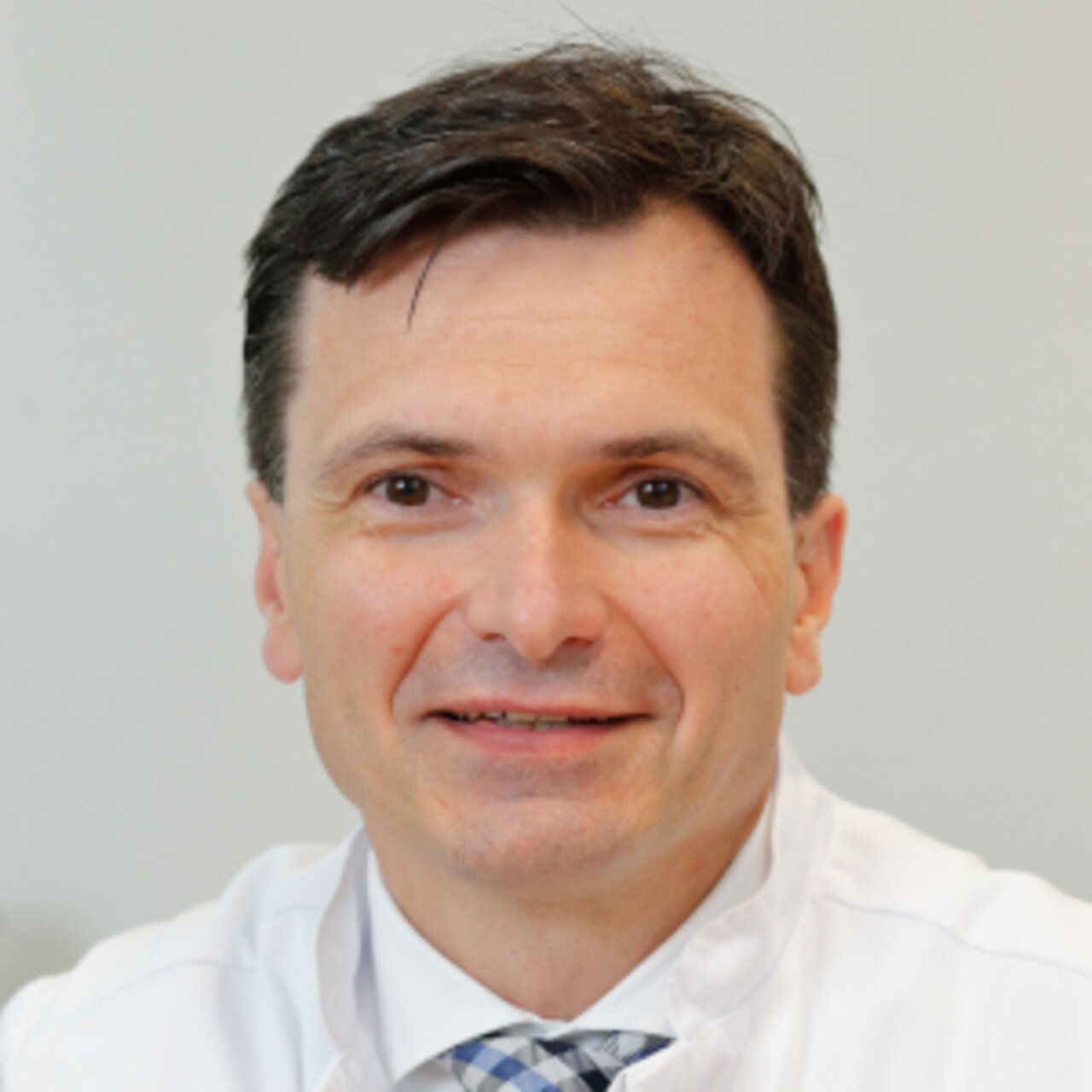Specialists in Myxoma
1 Specialist found
Information About the Field of Myxoma
What Is Myxoma?
Myxoma is a benign, primary cell proliferation of the heart of soft or friable consistency. The rare tumor develops in three-quarters of cases in the atrium of the heart and often originates from the atrial septum. Myxoma is found much more frequently in the left than in the right atrium and sits on the heart's inner wall. It arises from connective tissue cells and, in most cases, grows as a pedunculated tumor. This means that it grows at a peduncle-like junction from the heart's inner wall into the atrium cavity. Because of its location, symptoms may result from obstruction of the heart's leaflet valves, which connect the atrium to the ventricle.
Causes and Symptoms
The protrusion of the myxoma through the leaflet valve into the ventricle may provide difficult ventricular filling and interruption of blood supply, which may cause short-term collapse. Furthermore, nonspecific symptoms may occur, such as heart palpitations, shortness of breath and cough, and chest pain. This occurs due to the proximity to the conduction system in the atrium and the potential for blood to back up into the lungs. In this context, the symptoms may occur in a position-dependent manner, for example, worsening while lying down at night. General tumor symptoms such as anemia, weight loss, and fatigue also occur in blood count changes and elevated inflammation levels.
Despite the benign nature of cell proliferation, some severe complications can arise from the tumor, mainly explained by the sensitive location of the myxoma. In addition to problems with the heart valves, which may become narrowed or insufficient, cardiac arrhythmias may occur. Possible complications include blood clots that form in the atrium and are carried away with the bloodstream. This can cause pulmonary embolisms and strokes, which are potentially life-threatening.
Atrial myxomas usually occur spontaneously in the second half of life and affect women more often than men. In contrast, the genetic variant also presents at a younger age and may be related to an inherited symptom complex. This rare symptom complex, also known as the Carney complex, is associated with tumors of the heart, skin, and breast and specific moles and hormonal dysfunction of the adrenal cortex.
How Is a Cardiac Tumor Detected?
Due to the nonspecific and various symptoms, which can indicate many other diseases, diagnosing a myxoma is complicated and often initially misdiagnosed. For this reason, multiple examinations should be performed to determine the diagnosis. During the physical examination, heart murmurs may be heard, which may be due to disturbed blood flow and valve closure. Echographic imaging of the heart is very suitable for visualizing cardiac tumors. This ultrasound of the heart's four chambers can detect changes within the atria. Magnetic resonance imaging of the heart or computed tomography may also be used. In some cases, myxoma is found only after the onset of an acute incident, such as a stroke, pulmonary embolism, or sudden cardiac death.
Myxoma Surgery
Because of the sensitive location of the myxoma and the potentially severe complications, there is usually an urgent indication for surgery. However, anticoagulation is often given for the period before surgery to avoid the formation of a blood clot and prevent complications.
The surgery removes the entire tumor and is performed with the connected heart-lung machine. During the surgery, the heart-lung machine provides a bypass circuit so that the blood can continue to be oxygenated via the machine despite the heart being shut down for the duration of the surgery. In addition, defects that may occur in the heart wall due to the removal of the tumor are sutured over with the help of a patch.
Healing Process and Prognosis
The duration of the surgery and the course of healing depend on how deeply the myxoma has grown into the surrounding tissue and whether it can be removed entirely. The prognosis of the tumor is very good with effective surgical treatment. Nevertheless, the prognosis differs, for example, if multiple myxomas occur and likewise if there is already functional disease of the heart due to the tumor. Due to the open-heart surgery, the postoperative healing process may take some time. After the surgery, checkup examinations should take place at regular intervals to detect whether myxoma tissue has formed again.
Which Doctors and Clinics Are Specialized in Myxoma?
Every patient who needs a doctor wants the best medical care. Therefore, the patient is wondering where to find the best clinic. This question cannot be answered objectively, and a reliable doctor would never claim to be the best one, we can only rely on a doctor's experience.
We will help you find an expert for your condition. All listed doctors and clinics have been reviewed by us for their outstanding specialization in myxoma and are awaiting your inquiry or treatment request.
Sources:
- www.aerzteblatt.de/archiv/156806/Herztumoren-Diagnostik-und-chirurgische-Therapie
- Harrisons Innere Medizin. Suttorp N, Möckel M, Siegmund B, Dietel M, Hrsg. 20. Auflage. Berlin: ABW Wissenschaftsverlag; 2020.
- pubmed.ncbi.nlm.nih.gov/24717305/
- www.sciencedirect.com/topics/clinicalkey/now/de/myxom.html
